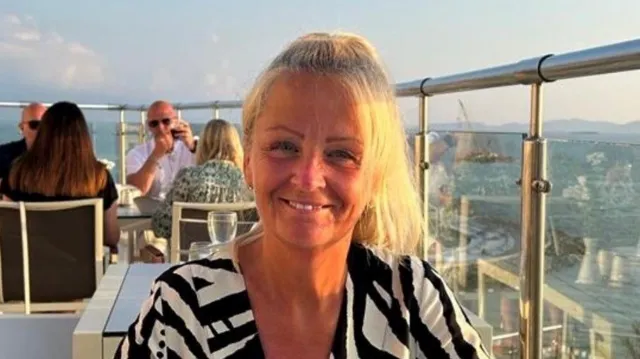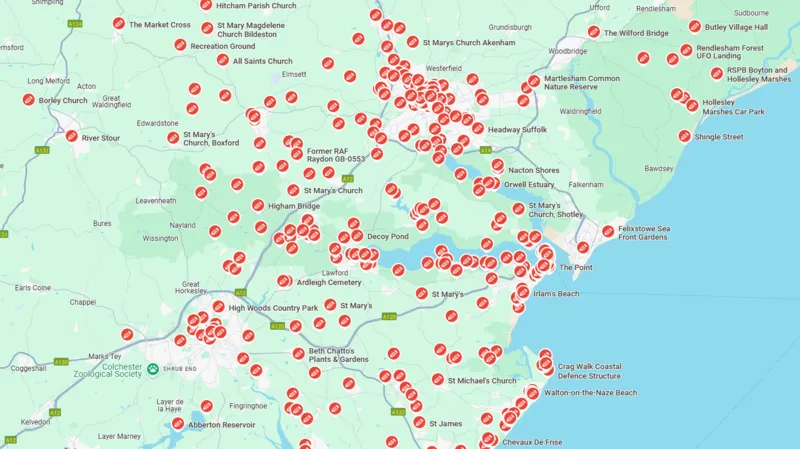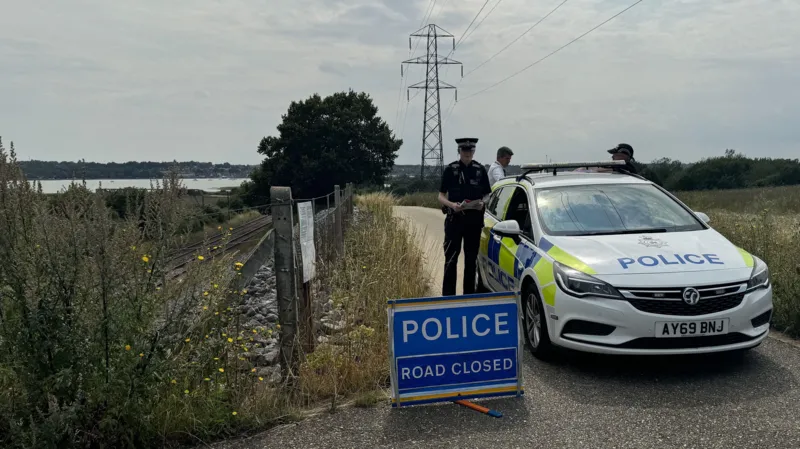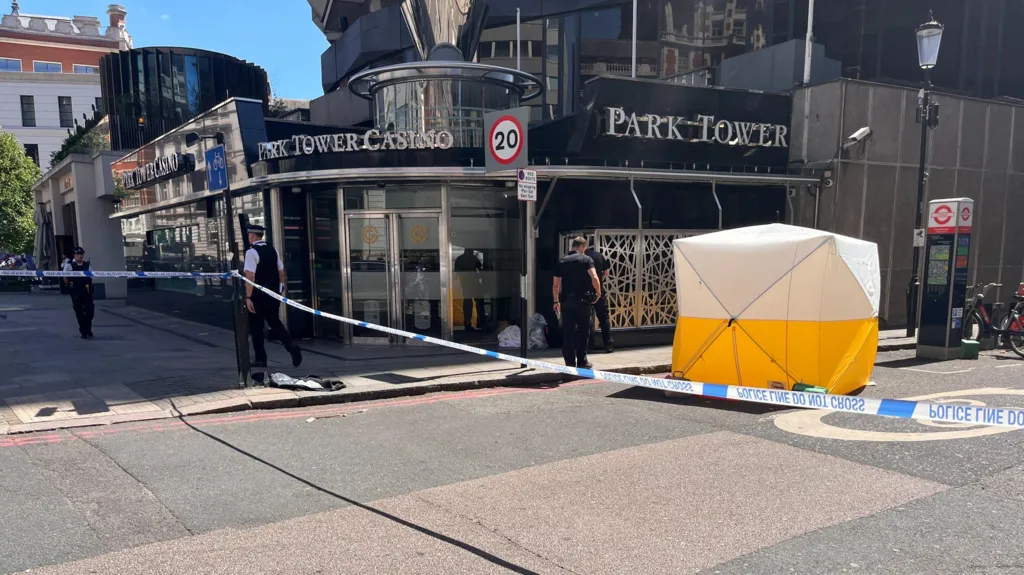Tragic Murder of Anita Rose Highlights Failures in Tracking Wanted Criminals
Tragic Murder of Anita Rose Highlights Failures in Tracking Wanted Criminals
The tranquil village of Brantham in Suffolk was shattered by the brutal murder of Anita Rose, a beloved mother of six and grandmother of 13. Rose was attacked during an early morning dog walk on July 24th of last year, sustaining injuries so severe they were likened to those sustained in a head-on car crash. She tragically died four days later.
The perpetrator, Roy Barclay, was a man known to the authorities and was on Suffolk Police’s list of most wanted individuals. Astonishingly, Barclay had managed to evade recapture for two years after breaching his license conditions, surviving in makeshift camps and leaving a considerable digital footprint through online orders and extensive Google Maps reviews. This raises critical questions about how a wanted man could remain at large, free to commit such a heinous crime.

A Life Cut Short
Anita Rose, a 57-year-old who had lived in Brantham for six years, was described by her partner, Richard Jones, as an “early bird” who cherished her morning walks with her springer spaniel, Bruce. The couple, who had known each other since their teenage years, shared a final loving phone conversation shortly before the attack. Mr. Jones, a lorry driver, would often be away from home, making these calls a vital connection.
The scene where Anita was found was harrowing. A cyclist and dog walker discovered her unconscious and severely injured on a track road near a railway line. Bruce, her loyal dog, was found lying patiently beside her, his lead wrapped twice around her leg – a disturbing detail, as Barclay had a history of similar actions during a previous assault in 2015.

The Digital Ghost: Barclay’s Evasion
Roy Barclay, a man with a history of violent behavior, including a prior conviction in 2015 for a violent, unprovoked assault on an 82-year-old man, had been wanted by Suffolk Police since 2022. Despite being on the police’s radar, he expertly evaded capture by living in hidden camps and altering his appearance, including shaving his head.
His online activity, however, provided a consistent, albeit seemingly innocuous, trail. Barclay was a prolific user of Google Maps, leaving hundreds of reviews and uploading thousands of photos of various locations across Suffolk and Essex between 2022 and October 2024. This activity, which earned him a high contributor status on the platform, painted a picture of a man actively engaging with the digital world, even while remaining a fugitive.

Neuropathologist Dr. Kieran Allinson, who treated Anita at Addenbrooke’s Hospital, described her injuries as consistent with severe blunt force trauma, including kicking and stamping. The prosecution highlighted Barclay’s actions, noting his search history included news articles about the murder and even searches for Anita’s partner on social media. Some of Anita’s belongings, including her distinctive pink jacket, were reportedly found at Barclay’s makeshift camps.

The investigation into Anita Rose’s murder became one of Suffolk Police’s largest. While Barclay continued his Google reviews, even commenting on an article about the probation service shortly before his arrest, a chance encounter with a detective in October 2024 led to his apprehension. He provided a false name and appeared nervous, but his capture ultimately brought an end to his violent spree.

Systemic Failures and Calls for Change
Following Barclay’s conviction, Anita’s family expressed their profound grief and called for significant reforms within the probation service and the wider justice system. Her eldest daughter, Jess, emphasized the need to ensure communities are safe and that offenders who breach their probation are promptly returned to custody, stating, “They cannot remain at large – there’s too much at stake.”
Former detective inspector Hamish Brown criticized the police’s handling of the case, suggesting that Barclay’s extensive online activity should have led to his earlier apprehension. He argued that the murder “could have been prevented if the police had done their job and gone looking for the person.” Professor Paul Bernal, an expert in IT law, noted that while Barclay’s online presence was extensive, its utility in a police investigation might have been limited without specific legal gateways.

In response, Suffolk Police announced a voluntary partnership review to examine the collaboration between the force and the probation service in their pursuit of Barclay. Assistant Chief Constable Alice Scott vowed that the review would be thorough and expedited to provide “clear and definitive answers for Anita’s family.” This tragedy underscores the critical need for robust tracking mechanisms and effective inter-agency cooperation to prevent similar devastating outcomes in the future.



Post Comment